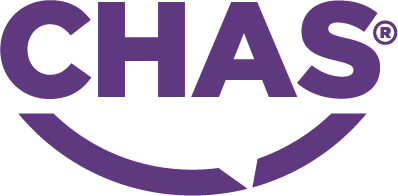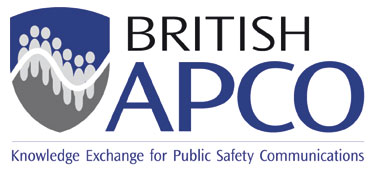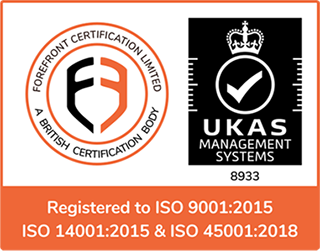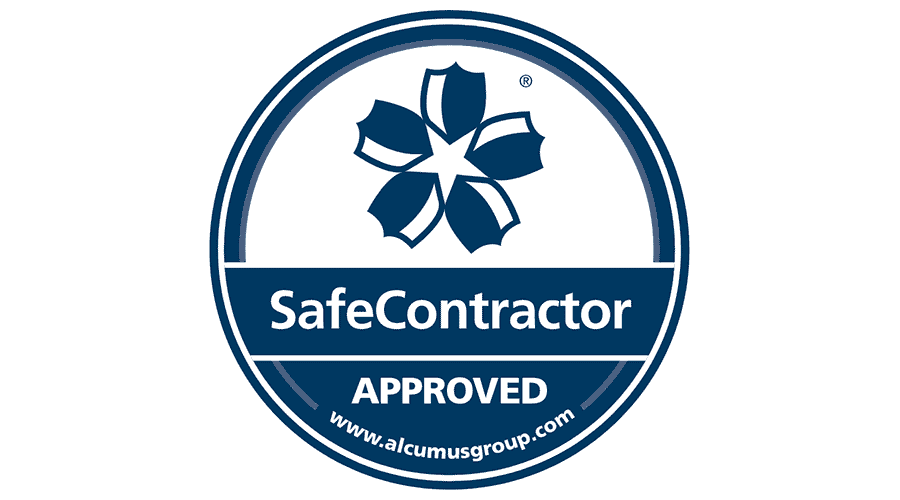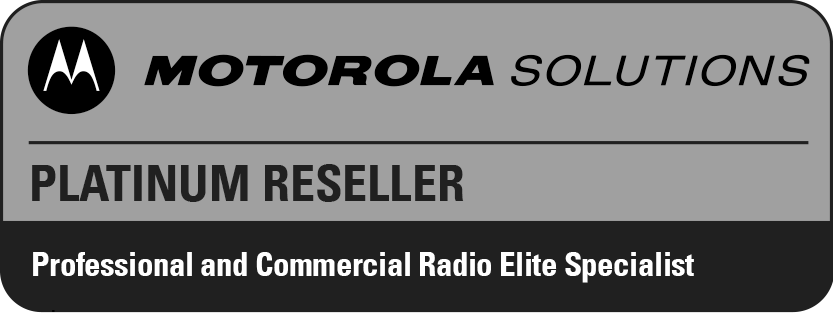The advantages of using two-way radio communications for schools
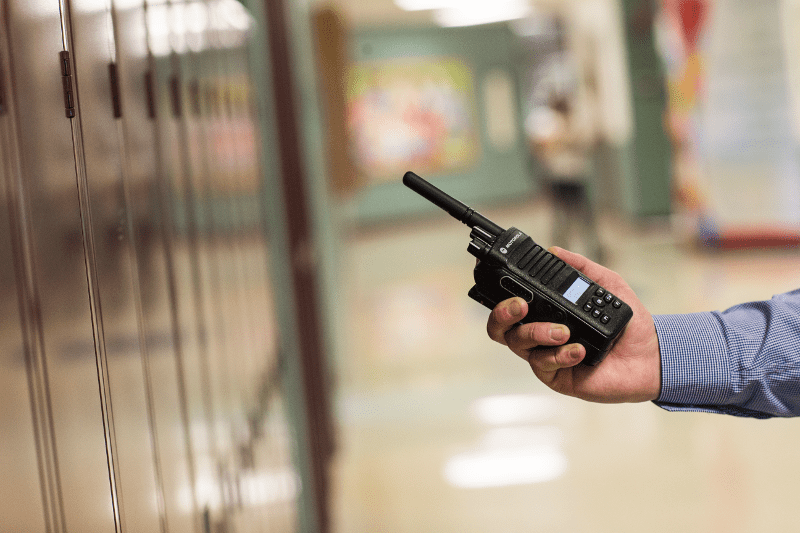
When it comes to two-way radio communication devices for schools, there are a lot of misconceptions: they’re expensive, they’re complex, they require too much power. As a result of these misconceptions, a lot of educational institutions instead rely upon mobile phones and other communication solutions to plug gaps – not realising the incredible benefits two-way radios for schools can provide.
In this blog, we’ll break down the advantages of two-way radio communication devices for schools, as well as the disadvantages of mobile phones, to highlight why two-way radio communication devices are superior and the best choice for schools looking for effective communication solutions.
• Two-way radio advantage #1: Reliability and connectivity
Perhaps most important of all, two-way radio communication devices are reliable. If more signal strength or coverage is required, all educational institutions need to do is add a repeater or use a larger antenna (larger antennas will boost the range of a two-way radio). Using two-way radios, educational institutions can create a bespoke and dedicated communications network that is unaffected by power outages or mobile signal loss.
• Mobile phone disadvantage #1: Dependent on mobile base stations & signal
Mobile communication is often compromised because base stations can only support a number of connections. As soon as that number is exceeded, phone calls may not be able to get through, audio quality will suffer and calls will be dropped.
There’s also the issue of signal coverage. For educational institutions in rural areas or areas where there is significant signal disruption (i.e. black spots) – there’s little they can do to boost mobile signal as responsibility for improving coverage falls to the network provider. This can be a real problem in an emergency situation.
Find out how SFL Mobile Radio helped one school to manage and improve its lockdown procedures.
• Two-way radio advantage #2: Simple and straightforward
Two-way radios are designed specifically for communication. They have no unnecessary features or functions unrelated to communication and are incredibly easy to use. The user only needs to select the right frequency and push the push-to-talk (PTT) button to communicate. It’s that simple.
• Mobile phone disadvantage #2: Complex and difficult to set up for school environments
Well, mobile phones are slightly more complex. There are three main mobile phone operating systems: Android, iOS and Windows. Each operating system runs differently and allows different levels of configuration. Even the look and feel are different!
The issue here is that if an educational institution decides to use Android phones to communicate, for example, some members of staff may not know how to use them properly. These members of staff may be more accustomed to iOS and Windows, so Android will seem pretty foreign to them.
Setting up these devices for communication is also a challenge. Mobile phones only allow one-to-one communication, so conferencing applications will need to be installed to the devices to allow one-to-one, one-to-many and group communication – and all staff will need to be trained to use them.
• Two-way radio advantage #3: Long-lasting and tough
Tested in harsh and hazardous conditions, two-way radios are built to last. Depending on the specific application, there are even two-way radios designed for submersion in water, exposure to fine particulates or use in explosive environments.
Batteries in two-way radios are usually rechargeable and last an incredibly long time – on average between 18 to 24 months – and can be readily swapped if necessary.
Of course, conditions in educational institutions will be far from harsh and hazardous – but both teaching and non-teaching staff will no doubt be using the devices on a day-to-day basis, as well as moving about the premises quickly, so a rugged, long-lasting and lightweight device is essential.
• Mobile phone disadvantage #3: Often brittle with poor battery
Though mobile phones are increasingly resilient – gorilla glass has played a key role – they can still be easily damaged. Just dropping one could lead to the screen cracking or something inside being dislodged or broken.
In addition, mobile phones batteries last a fraction of the time of two-way radio batteries; the average smartphone battery lasts around 9 hours 48 minutes under use. Sure, it’s fine for one school day but then it needs to be recharged.
• Two-way radio advantage #4: Visibility, tracking and incident response.
Two-way radios enable visibility and real-time updates through GPS tracking. GPS tracking can be used at device level but also integrated into computer systems using software like Motorola’s TRBOnet for complete visibility. School security staff can then see where all teaching and non-teaching staff are from a single console.
TRBOnet also allows for indoor positioning – allowing educational institutions to track the radio units of staff inside when GPS is not available or inaccurate. IP Site Connect can also be combined with these tools to eliminate signal black spots and share location tracking and information across an unlimited geographical area.
Finally, for rapid emergency response, all of these solutions can be connected with local emergency services. So if staff and/or students need help as soon as possible, security teams can quickly dispatch a request.
• Mobile phone disadvantage #4: No built-in tracking or incident response tools
Mobile phone GPS tracking, first and foremost, doesn’t come as standard so the device user will have to download or purchase an application. Mobile phone GPS applications have come a long way but tracking a mobile phone is still dependent on coverage and signal strength. If a mobile phone is in a signal black spot or network coverage is poor, it’ll be difficult to get a fix on a device.
Purchased solutions, on the other hand, can be costly and are often priced on a per user basis. Though these solutions work, it’s far better for educational institutions to invest in two-way radios and build a dedicated communications network for the school site.
• Two-way radio advantage #5: Price
Two-way radio systems – i.e. the radios, repeaters, accessories and software – can be costly in the beginning but over time will work out far cheaper than purchasing a fleet of mobile phones.
Educational institutions can also hire their two-way radio fleet rather than purchase. This allows them to pay a monthly fee and access the expertise of the two-way radio provider, rather than part with a large amount of money right away. The two-way radio provider can also offer advice and support, helping the educational institution to correctly set up two-way radio systems and optimise communications.
Some two-way radio providers will also write in maintenance as part of the hire contract, ensuring devices can be repaired quickly as and when required by the educational institution.
• Mobile phone disadvantage #5: Price
Though mobile phones are increasingly sophisticated and have a variety of features and functions, they are just far too expensive from a business-use perspective.
Even the best phone from 2018 (according to TechRadar), the Samsung Galaxy Note S9 Plus, costs £549.99. A sophisticated two-way radio with built-in GPS tracking, man down, lone worker, emergency response buttons and more – could cost anywhere between £150-200. Not only are two-way radios more affordable, they also offer everything educational institutions need to ensure staff and student safety. There’s no contest.
All of the above should dispel any misconceptions around two-way radios and their use. If educational institutions want a cost-effective solution to streamline communications and health and safety, two-way radios for schools represent the best-in-class and are the only real solution.
At SFL Mobile Radio, we specialise in the supply and installation of two-way radio solutions worldwide. Our team is fully certified and can provide bespoke two-way radio and communication solutions to meet your organisational needs. We offer some of the best two-way radio communication solutions for schools.
If you want to find out more about the services we provide and how we can help you to transform your communications infrastructure, please get in touch and we’ll see how we can help.
Accreditations
